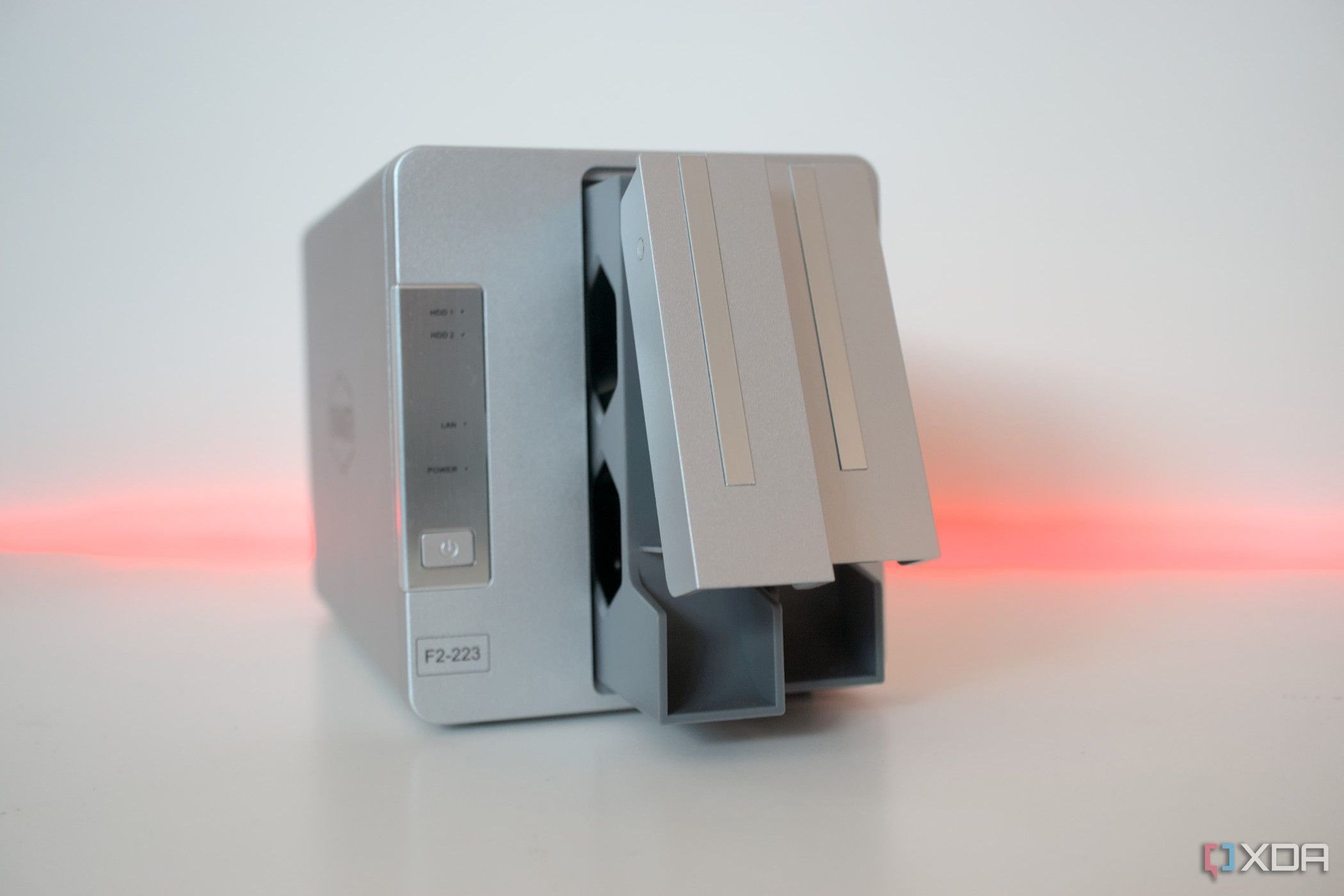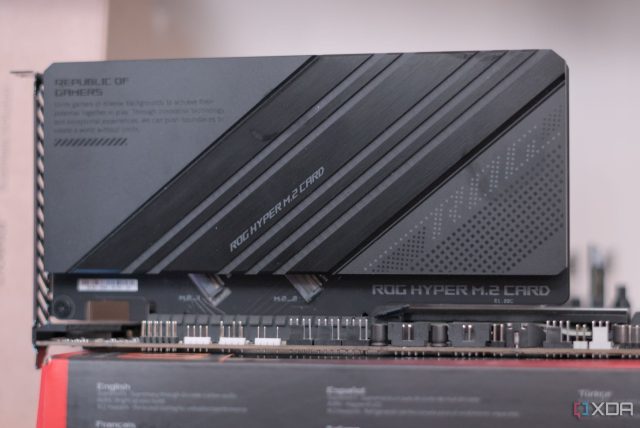Most modern motherboards will come with between two and sometimes five M.2 SSD slots. This is ample capacity for most PC builds, including gaming systems where terabytes (TBs) of space will be required for storing modern games, but there may be a time when you require additional slots. This could be due to the cost of M.2 PCIe SSDs, which cost hundreds for more than 2TB, restricting how much you can add to your storage pool per slot. That’s where PCIe bifurcation risers, splitters, and adapters come into play!
What is a PCIe bifurcation riser or splitter?
Creating more from less
Bifurcation is essentially the dividing of a channel and is precisely what a PCIe bifurcation riser or splitter achieves. It splits a single PCIe input into multiple channels, dividing the bandwidth across more slots. This can be incredibly useful for more compact motherboards, such as MicroATX and Mini-ITX platforms, where PCI and M.2 slots are hard to come by due to physical size limitations. For M.2 PCIe SSDs, a PCIe bifurcation riser or adapter card can be used to provide additional slots for installing storage.
Motherboard manufacturers can sometimes include their own adapters and riser cards, which add to the total number of marketed M.2 storage slots on the board. Asus does this with some of its more expensive motherboards, where the usual array of M.2 slots on the board itself can be supplemented by an expansion card, unlocking more M.2 slots, sometimes supporting PCIe 5.0 transfer speeds. So, how does one tell how many available lanes are available and if the motherboard even supports bifurcation?
That all comes down to the motherboard, chipset, and CPU currently in use. The motherboard manufacturer usually provides details on PCIe bifurcation; for instance, Asus has an entire FAQ dedicated to the topic. It’s worth checking how many PCI lanes your motherboard, chipset, and CPU will offer and where they are linked to. The PCI slot you choose to split will only offer as much bandwidth as allowed from its source, be it the chipset or CPU (they can’t be crossed, much like the beams in Ghostbusters).
Why you should use PCIe bifurcation for SSDs
Unlock additional storage for your PC
PCIe bifurcation is worth considering for your PC for a variety of reasons, the first being cost savings. It’s often cheaper to purchase two smaller SSDs than a larger one, especially when ordering them separately. Then there’s the case of using available PCI slots that would otherwise go to waste, and you’ll be expanding the total capacity of your PC, which can allow for more games, media, software, and general data to be stored before having to resort to external units or network-attached storage (NAS).
Depending on your data storage requirements, you could pick up a few smaller SSDs for use inside your PC, which may cost less than a full upgrade of a primary drive. Although I would recommend buying a drive with as much capacity as you can afford to save on slot usage, sometimes your budget will only stretch to a 1TB SSD, and that’s where bifurcation can really pay off. So long as your PC supports it, throwing in an adapter or riser expansion card can unlock additional storage capacity without breaking the bank.
Using more M.2 slots than your motherboard has by default can expand capacity and allow you to store much more data on the system. Instead of switching to slower HDDs with SATA ports, you can add more NVMe drives and fully saturate all available PCI lanes. Most gaming PCs may have a GPU and an M.2 SSD or two, leaving a few PCI lanes to spare, which can come in handy when looking to split a slot for adding more drives. But as mentioned above, it’s worth checking how many lanes you have left before doing anything.
You could always use a NAS
A nifty solution to all your storage woes would be a NAS enclosure. Think of it as a few drives (can be HDDs or faster SSDs) attached to your local area network (LAN). It’s easier than bolting on more M.2 drives to your board with a riser or expansion card. Data stored on the NAS is available to all devices on the network with adequate permissions, and if the system is powerful enough, you can even run some services on the enclosure. Save money on running a Minecraft server through Microsoft by running your own world at home.
By using Docker containers, you can transform your NAS into a powerful server, hosting media streaming services, saving you money with an Apple iCloud and Google Drive alternative, backing up all your personal devices, and more. You could even install Home Assistant, which can control all your smart home tech, including Philips Hue bulbs, door locks, temperature controls, and more. Depending on what you require these extra M.2 drives to do inside your PC, a NAS may be a better option.

Related
Beginner’s guide to NAS: Everything to know about RAID, setup, and more
NAS devices are a convenient solution to all your backup and file sharing troubles. Here’s how you can configure your personal NAS server.












